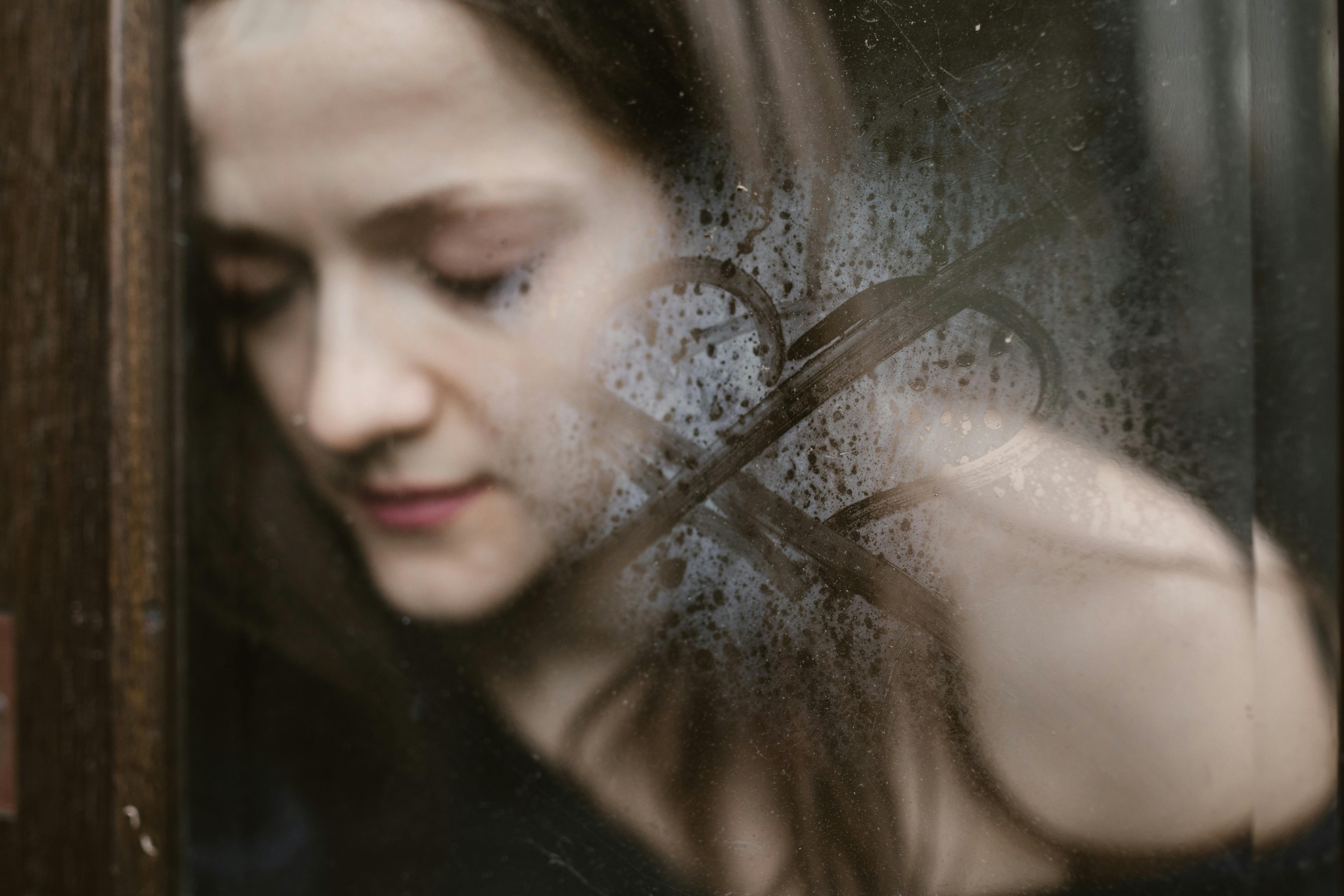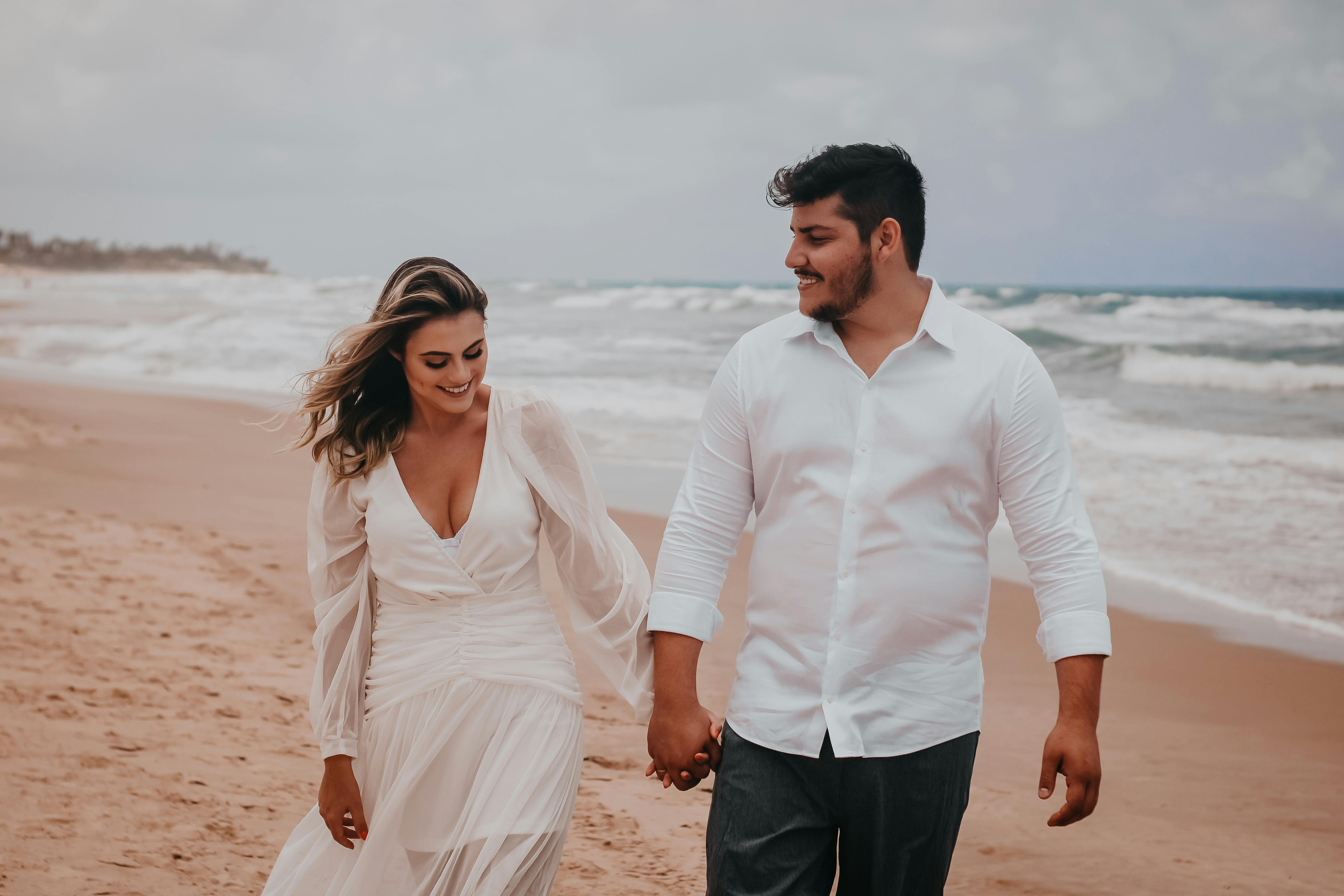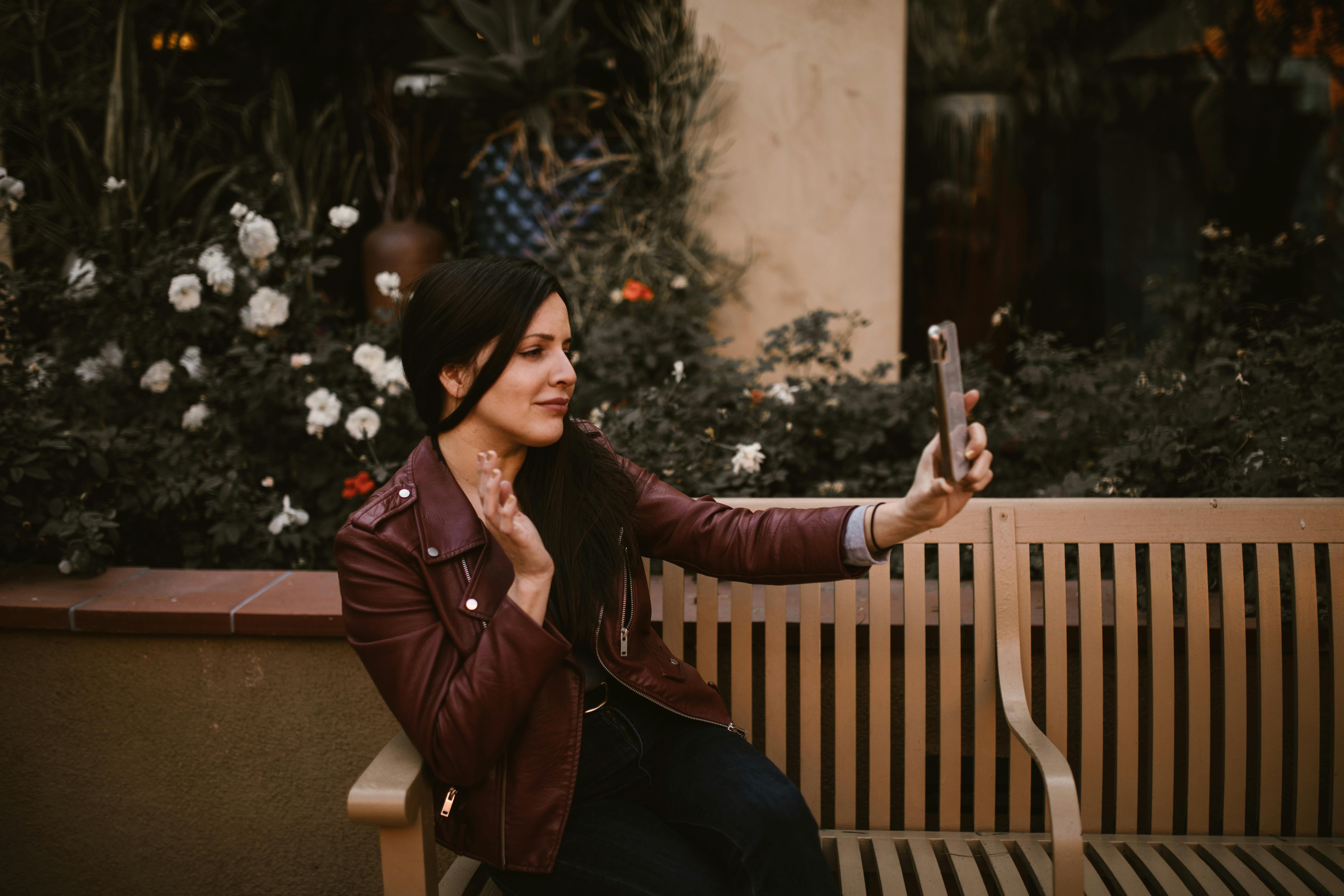The origin of the members of the bridal procession
During the marriage-by-capture era, loyal members of the tribe and the groom’s close friends within the tribe helped him invade enemy territory to capture his bride. As he ran off with her, her friends stayed behind her to fend off her or fight the bride’s outraged relatives. Such were the first ushers and the godfather.
The maid of honor and bridesmaids, as they are known today, can also be traced back through the centuries to Saxon England. The eldest among them would attend to the bride for several days before the wedding. She was especially responsible for making the bridal crown, decorating the wedding banquet, and dressing the bride. The related forerunners of today’s bridesmaids were the guards who protected the maiden from capture. Other examples of the use of “bridesmaids” were the ten witnesses required by the Roman marriage ceremony.
The flower girls and ring bearers of modern weddings are a holdover from fertility rites practiced by many different peoples. The bride was often accompanied by a small child who was supposed to symbolize a fruitful union.
The origin of the procession
The origin of the procession has clearly developed from ancient and medieval wedding processions. Among the Athenians, the ceremony began with morning offerings to Zeus and Hera, and especially to Artemis, who was not, we are told, in favor of marriages. Then, at dusk, the bride was led to the groom’s house. She was in a cart, drawn by a pair of mules, and was seated on a sofa-like arrangement between her husband and one of her close friends. As the wedding procession progressed, he was greeted and accompanied by friends who carried wedding torches and sang songs.
In medieval times, the procession was especially colorful. Gaily dressed minstrels sang and played the flute at the head of the procession. Next came a young man who carried the bride’s cup, which was a silver or silver-gilt chalice or vase, decorated with gold, rosemary, and ribbons. Then the bride walked, accompanied by two bachelors and a dozen knights and pages. Next came the maidens carrying the bridal cake, followed by the girls with wheat garlands. The bridegroom then appeared, led by two maidens, and walked in the midst of his close friends, including his “godfather.” Family members walked behind him, and they were followed by less close friends. Finally, some distance away and seemingly unconcerned with the festivities or the ceremony, the father of the bride appeared!
The origin of engagement and wedding rings
As far as can be ascertained, the wedding ring originated in the days of the caveman on a reed cord with which the man tied his wife’s waist to make their spirits one. It is believed that the Egyptians introduced the first metal rings that were probably made of gold. In Egyptian hieroglyphics, a circle indicated eternity. Wedding rings began to be worn by Christians in the 9th century and have continued to the present.
There is a legend that the first wedding ring was made of diamond iron by Tubalcain for Prometheus. Iron symbolized durability, the perfect inflexible concord.
The early Romans wore iron wedding rings. Among the poorer English, even in the 19th century, it was customary to wear the ring on the church keep. And today, when a very poor Irishman can’t buy a wedding ring, he rents one! The Puritans banned the rings, considering their use pagan.
Engagement rings followed the same pattern over the years as wedding rings. The caveman would first braid grass or run it around the ankles or wrists of his chosen bride. These were uncomfortable and were abandoned in favor of strands of grass tied around the betrothed’s finger.
The first allusion to engagement rings in Christian literature is said to be found in the writings of Tertullian at the end of the second century AD. 642 AD
Even the inscriptions on wedding or engagement rings have their origins in previous centuries. Already in the year 400 a. C., the Greeks had dedications inscribed on their rings, while medieval French suitors were particularly fond of the practice.
The ring ceremony from times past was interesting. During the ceremony, the ring was placed on the open book. The cleric then sprinkled him with holy water and blessed him. Then the groom took it with the thumb and the first two fingers of his right hand and placed it on the thumb of the bride, saying: “In the name of the Father.” He then he transferred it to the index finger, saying: “And of the Son.” He then he changed it to the second finger when he said, “And of the Holy Spirit.” He finally placed it on his third finger with “Amen.” It didn’t seem to matter if the ring was placed on the right or left hand of the bride. Sometimes it was placed on the right at the betrothal and on the left at the wedding.



